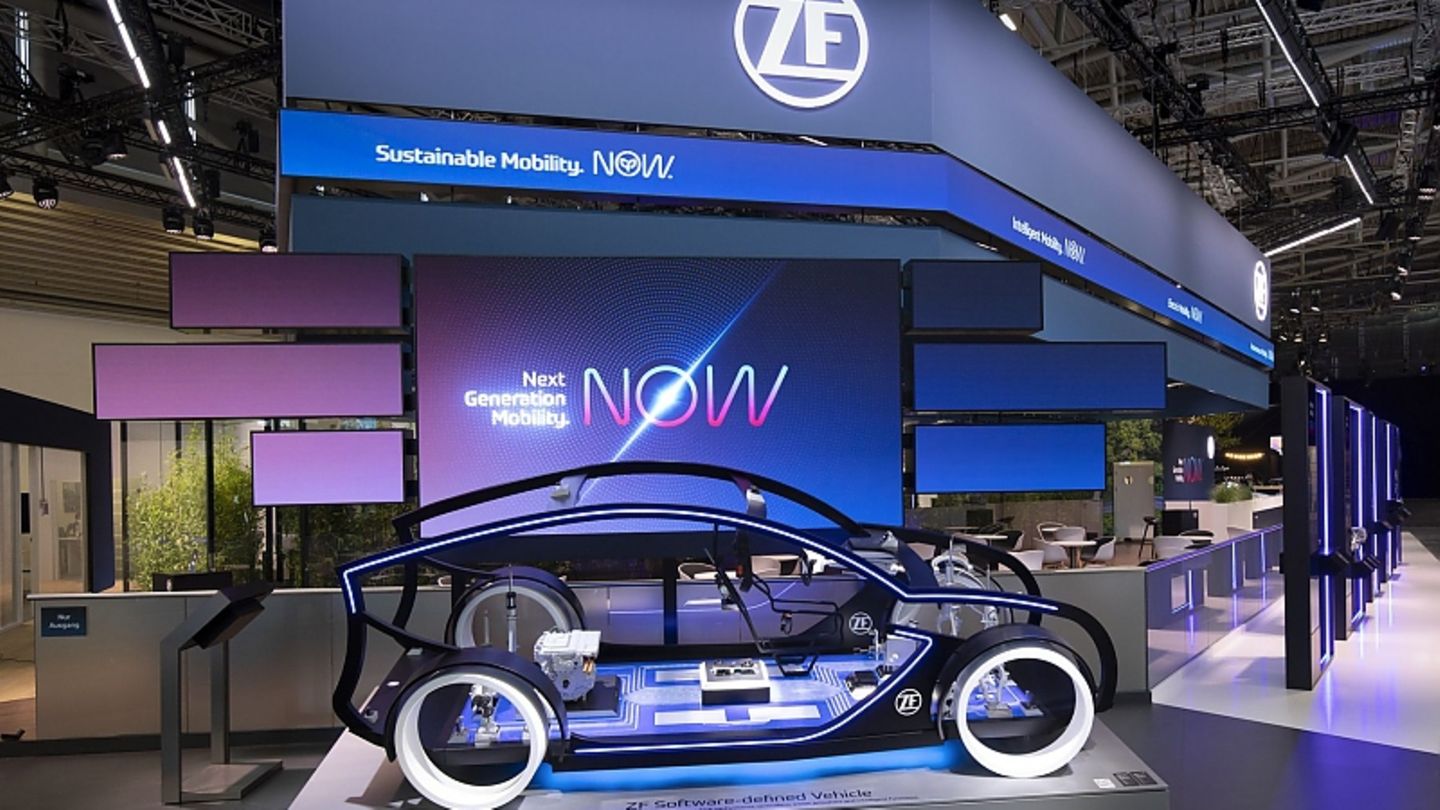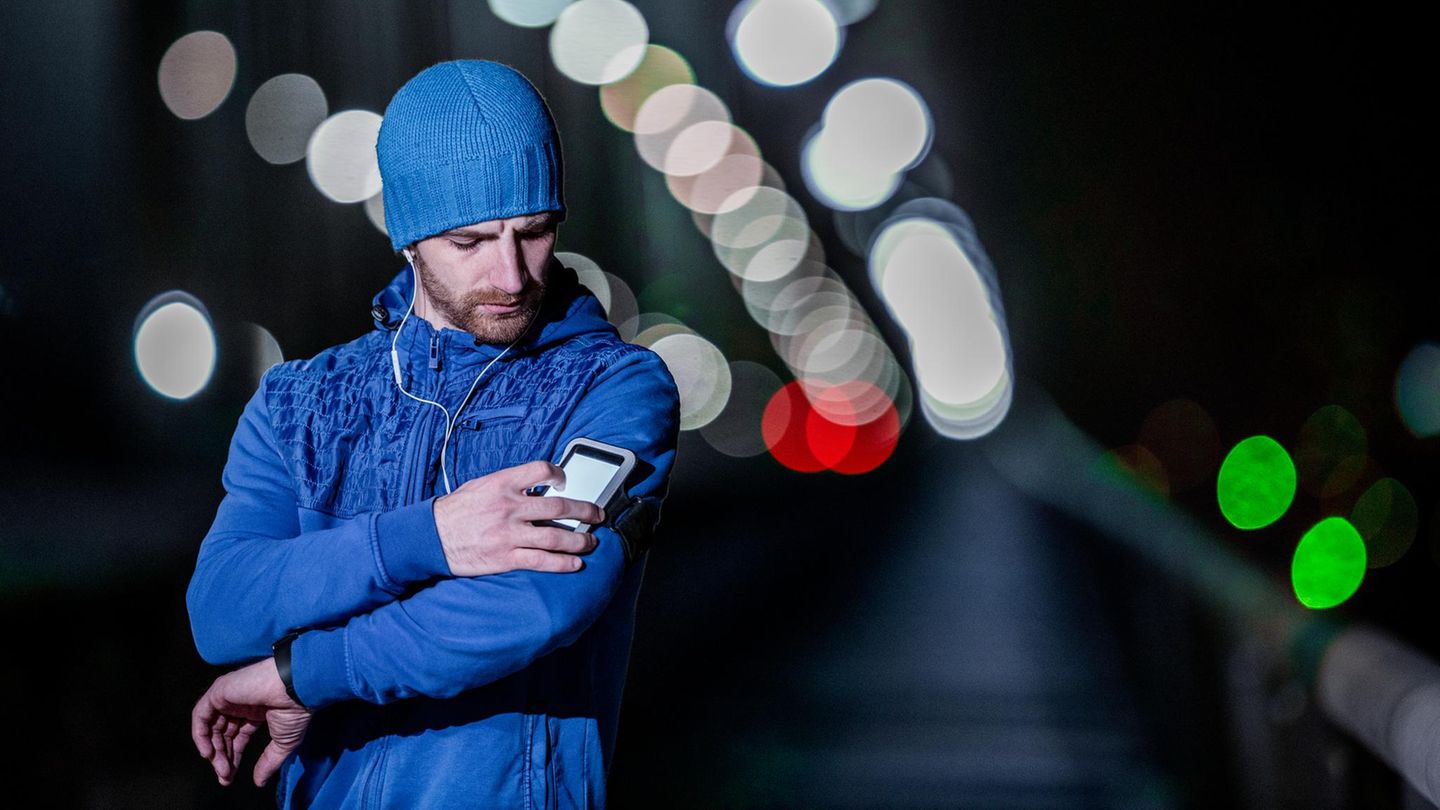When it comes to cars, the news from the IAA Mobility 2021 is manageable. But what about the news under the tin? Innovations are becoming increasingly digital.
Somehow nothing is what it used to be. When we mentioned the word “supplier” during a conversation at the IAA Mobility 2021, the person we spoke to, who is employed by such a great German, immediately followed up. “We see ourselves as a technology group!” For a moment we felt as if we had mentioned the word “Jehovah” in the legendary slapstick movie “The Life of Brian”. But the friendly man in the well-fitting suit did not allow such thoughts to flourish. And if you take a closer look, the balance also shifts in the relationship between the supplier and the car manufacturer. Because the latter have enough to do with coping with the expensive transformation to electromobility and give up a lot of development work.
This trend can also be seen at the IAA. While BMW, Audi & Co. get intoxicated by studies showing the mobility of tomorrow, you can see where the journey is going on the stands of the suppliers and other service providers. Mechanics? That was once. The big trend at the IAA remains autonomous driving and the technology required for it. ZF presents the Modular eDrive Kit, a kind of Lego kit for electric cars. This should, at best, cut the development time for an electric drive in half. At a time when development cycles are getting faster and faster, an important factor that also has a financial impact. There is enough power available: between 75 kW / 102 PS and 400 kW / 544 PS with a torque window of 350 to 540 Newton meters are possible. All-wheel drive is also possible. The electric machines are currently designed for 200 kW / 272 PS. As a front-wheel drive, the ZF modular system then delivers a maximum of the mentioned 200 kW. This also mentions the great advantage of the system, with which every manufacturer can put together their desired configuration. If required, the long-established Friedrichshafen company can also supply the appropriate supercomputer for the driver assistance systems with ZF Pro AI. This computer is also available in three performance levels to match the drive train.
When it comes to computing power and infotainment, Qualcomm has been in the top group for years with its Snapdragon computer chips for tablets and smartphones. Now the technology that has given entertainment electronics virtual legs should also ensure fluid display and computing power in cars. That is why the Californian manufacturer has brought its “Snapdragon Automotive Cockpit Platforms” for infotainment systems in the 4th generation to Munich. Incidentally, the Wey Coffee 01 is the first production car to be equipped with the fast Qualcomm Snapdragon 8155 chip. With its particularly fast computing power, it processes technologies such as 5G, WiFi, face recognition and personalization.
What used to be the mechanics and chassis are now cloud-based networking solutions and lidar systems, both of which are essential for autonomous driving. Velodyne made its way from Silicon Valley to the Bavarian capital to demonstrate the latest developments in object and person recognition. “At the IAA Mobility we will show how Velodyne’s sensors and software meet a wide range of customer requirements in order to enable safe mobility and intelligent urban infrastructures worldwide,” explains European Vice President Erich Smidt.
With the Roof Sensor Module, the roof specialist Webasto shows what the integration of the sensors could look like in the future. As the name suggests, camera, radar and lidar technology are integrated in the front of the vehicle. This means that glass roofs and convertibles will also be possible for autonomous cars in the future. Webasto installed 21 sensors (cameras, lidar and radar) in the test vehicle. Level 4 autonomous driving is also possible. The Bavarian supplier has integrated cleaning systems with water and air so that the technology is always ready for use.
They still exist, the things that can be touched, that make life easier for the driver and yet contain a lot of high-tech. Bosch has taken on the charging of the electric vehicles and disposed of the annoying charging brick on the cable and thus also 40 percent of the original weight. The three-phase cable enables so-called mode 2 and mode 3 charging of alternating current with up to 22 kilowatts. If necessary, you can recharge your batteries without a wallbox at the home socket, where the threat of overheating has previously been a problem. The solution is the technology integrated in the plugs, which monitors the charging power and interrupts the charging process before it gets dangerous.
I am a 24-year-old writer and journalist who has been working in the news industry for the past two years. I write primarily about market news, so if you’re looking for insights into what’s going on in the stock market or economic indicators, you’ve come to the right place. I also dabble in writing articles on lifestyle trends and pop culture news.




